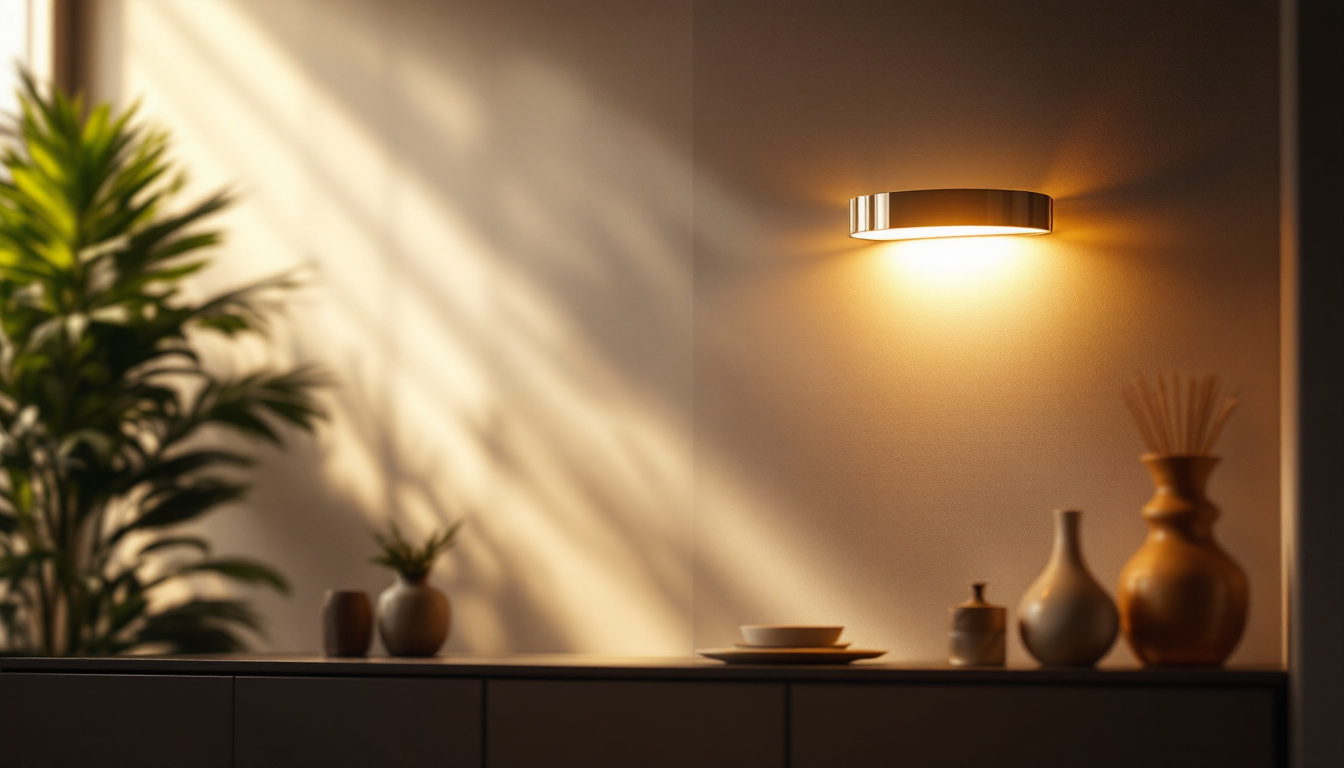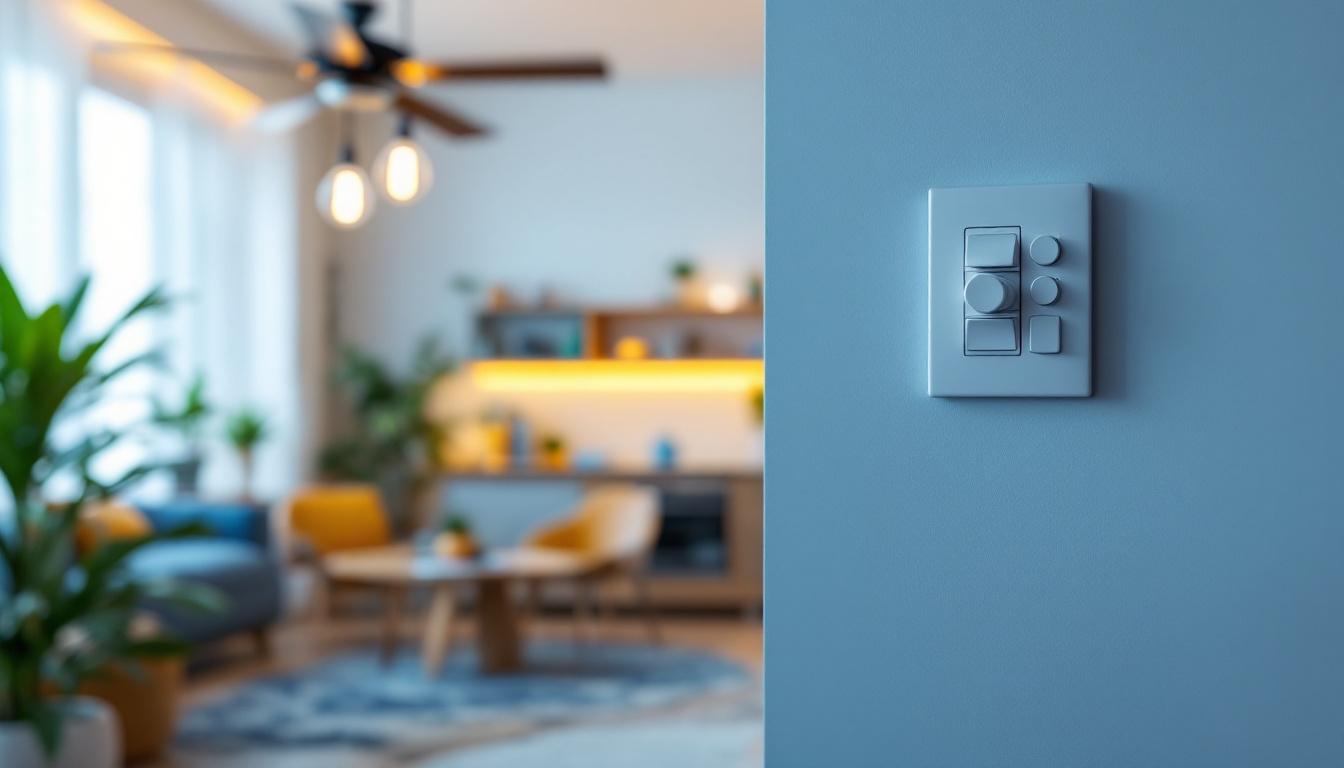
Lighting contractors play a crucial role in the installation and maintenance of lighting systems, ensuring that spaces are well-lit and energy-efficient. One term that frequently arises in discussions about lighting design and installation is “shunted.” Understanding what shunted means, its implications, and how it affects lighting systems is essential for contractors looking to optimize their projects. This guide aims to provide an in-depth understanding of shunted configurations, their applications, and best practices for lighting contractors.
Shunted lighting refers to a specific wiring configuration used in fluorescent lighting systems, particularly with two-lamp fixtures. In a shunted configuration, the lamps are wired in such a way that they share a common circuit. This means that if one lamp fails, the other lamp can still operate, provided that the circuit remains intact. This setup is often used in commercial and industrial environments where reliability and efficiency are paramount.
The shunted configuration contrasts with non-shunted systems, where each lamp operates independently. Understanding the differences between these configurations is vital for lighting contractors, as it can influence the choice of fixtures and the overall design of a lighting system. The choice between shunted and non-shunted systems can also impact maintenance schedules, as shunted systems may require less frequent lamp replacements due to their inherent redundancy.
In a shunted system, the electrical current is routed through both lamps in series. This means that the lamps are connected in such a way that they share the same electrical path. When one lamp is functioning, it allows current to flow through the other lamp. However, if one lamp burns out, it can disrupt the flow of electricity, potentially causing both lamps to fail unless the system is designed to handle such occurrences. This interconnectedness requires careful consideration during installation, as the wiring must be executed correctly to avoid unintentional outages.
Shunted systems typically use a single ballast to power both lamps, which can lead to cost savings in terms of materials and installation labor. However, it is essential to ensure that the ballast is compatible with the lamps being used, as mismatched components can lead to inefficiencies or failures. Additionally, the design of the ballast plays a crucial role in determining the overall performance of the lighting system, influencing factors such as flicker rates and color rendering, which are important for creating a comfortable and productive environment.
There are several advantages to using shunted configurations in lighting systems. One of the primary benefits is energy efficiency. By using a single ballast for two lamps, energy consumption can be reduced, leading to lower electricity bills over time. Additionally, shunted systems can be easier to install, as they require less wiring and fewer components compared to non-shunted setups. This simplicity not only reduces installation time but also minimizes the potential for wiring errors that can lead to system failures.
Another advantage is the improved reliability of the lighting system. In commercial settings where lighting is critical, having a shunted configuration can ensure that at least one lamp remains operational even if another fails. This can be particularly important in areas where consistent lighting is necessary for safety, such as stairwells, hallways, and workspaces. Furthermore, shunted systems can enhance the aesthetic appeal of a space by providing a more uniform light distribution, which is essential in environments where visual clarity is crucial, such as retail stores and galleries. The ability to maintain a consistent lighting level not only improves safety but also contributes to a more pleasant atmosphere for employees and customers alike.
Shunted lighting configurations are commonly used in various applications, particularly in commercial and industrial settings. Understanding where these systems are most effectively utilized can help lighting contractors make informed decisions when designing and installing lighting systems.
In commercial environments, such as offices, retail stores, and warehouses, shunted lighting systems are often preferred due to their energy efficiency and reliability. These spaces typically require consistent lighting to enhance visibility and create a pleasant atmosphere for employees and customers alike.
For instance, in a retail setting, shunted fixtures can provide uniform lighting across displays, ensuring that products are well-lit and appealing to customers. The ability to maintain illumination even if one lamp fails is a significant advantage in high-traffic areas where lighting plays a critical role in customer experience.
In industrial settings, such as manufacturing plants and warehouses, shunted lighting configurations are essential for maintaining safety and productivity. These environments often have large spaces that require bright, consistent lighting to prevent accidents and ensure that workers can perform their tasks effectively.
Shunted systems can be particularly beneficial in areas where maintenance access is limited. By ensuring that at least one lamp remains operational, these systems reduce the risk of dark spots that could lead to safety hazards. Furthermore, the energy savings associated with shunted configurations can contribute to lower operational costs in industrial facilities.
Schools and universities also benefit from shunted lighting systems. Classrooms, hallways, and auditoriums require reliable lighting to create conducive learning environments. The shunted configuration allows for consistent lighting levels, which is crucial for both teaching and learning.
Moreover, the energy efficiency of shunted systems aligns with the sustainability goals of many educational institutions. By reducing energy consumption, schools can allocate resources to other essential areas, such as educational materials or facility improvements.
When selecting shunted fixtures for a lighting project, several factors should be considered to ensure optimal performance and compatibility. Lighting contractors must evaluate the specific needs of the application, the types of lamps being used, and the overall design of the lighting system.
One of the most critical aspects of choosing shunted fixtures is ensuring compatibility with the ballast. The ballast is responsible for regulating the electrical current to the lamps, and using an incompatible ballast can lead to inefficient operation or even damage to the lamps.
Contractors should consult manufacturer specifications to confirm that the ballast is designed for shunted configurations. This information is often available in product documentation or through direct communication with the manufacturer. Ensuring compatibility will help maximize the lifespan and efficiency of the lighting system.
The type of lamps used in a shunted configuration can also impact the overall performance of the lighting system. Common lamp types for shunted systems include T8 and T5 fluorescent lamps, which are known for their energy efficiency and long lifespan.
Contractors should consider the lumen output, color temperature, and energy efficiency ratings of the lamps being used. Selecting high-quality lamps that meet the specific needs of the application will contribute to a successful lighting installation.
Designing a lighting system with shunted fixtures requires careful planning to ensure that the layout meets the needs of the space. Contractors should consider factors such as the height of the ceiling, the intended use of the space, and any potential obstacles that may affect light distribution.
Additionally, it is essential to account for the overall aesthetics of the lighting design. Shunted fixtures come in various styles and finishes, allowing contractors to choose options that complement the architecture and interior design of the space.
Proper installation of shunted lighting systems is crucial for ensuring optimal performance and longevity. Following best practices can help contractors avoid common pitfalls and deliver high-quality results for their clients.
When installing shunted fixtures, it is essential to follow proper wiring techniques to prevent issues such as short circuits or electrical failures. Contractors should adhere to local electrical codes and regulations, ensuring that all wiring is done safely and correctly.
Using the appropriate gauge of wire and ensuring secure connections can help prevent problems down the line. Additionally, labeling wires clearly can simplify future maintenance and troubleshooting efforts.
After installation, it is vital to test the lighting system to ensure that it operates as intended. This includes checking that all lamps are functioning correctly and that the ballast is providing the appropriate voltage. Any issues should be addressed promptly to avoid complications for the end user.
Commissioning the lighting system involves verifying that the design goals have been met and that the system is performing efficiently. This process may include adjusting the positioning of fixtures, fine-tuning the ballast settings, or replacing any faulty components.
Regular maintenance is essential for prolonging the lifespan of shunted lighting systems. Contractors should educate clients on the importance of routine inspections and lamp replacements to ensure consistent performance.
Implementing a maintenance schedule can help identify potential issues before they escalate, reducing downtime and ensuring that the lighting system remains reliable. Providing clients with documentation on maintenance procedures can also enhance their understanding and appreciation of the system.
Understanding shunted lighting configurations is essential for lighting contractors looking to optimize their installations and provide clients with efficient, reliable lighting solutions. By comprehending the advantages, applications, and best practices associated with shunted systems, contractors can make informed decisions that enhance the quality of their work.
Whether working in commercial, industrial, or educational settings, the knowledge of shunted lighting will empower contractors to deliver exceptional results. As the industry continues to evolve, staying informed about advancements in lighting technology and configurations will be key to maintaining a competitive edge.
In summary, shunted lighting systems offer numerous benefits, including energy efficiency, reliability, and ease of installation. By focusing on compatibility, design considerations, and installation best practices, lighting contractors can ensure that their projects meet the highest standards of quality and performance.
Ready to elevate your lighting projects with the efficiency and reliability of shunted lighting systems? Look no further than LumenWholesale for all your lighting needs. Our extensive selection of spec-grade lighting products is designed to meet the highest industry standards, ensuring you deliver top-notch results every time. With unbeatable wholesale prices and the convenience of free shipping on bulk orders, you can trust LumenWholesale to provide premium lighting without the premium price tag. Don’t compromise on quality or value — explore our collection today and discover the best in wholesale lighting at the best value.

Discover the essential insights lighting contractors need when working with architectural cylinder lights.

Discover how a 4-speed fan switch can revolutionize efficiency for lighting contractors.

Discover everything lighting contractors need to know about Volt LED Lights in this comprehensive guide.

Discover the essential insights every lighting contractor needs to master recessed lighting installations.